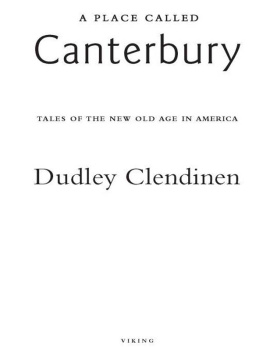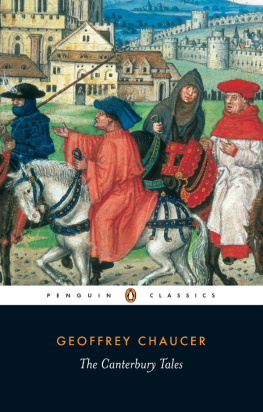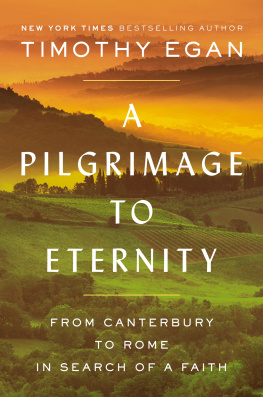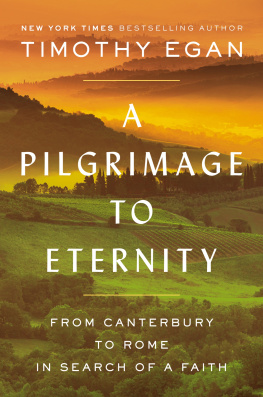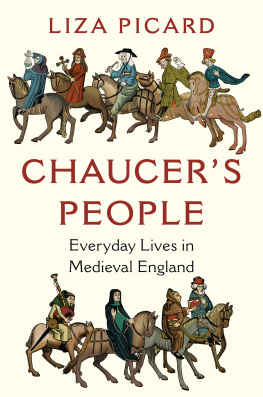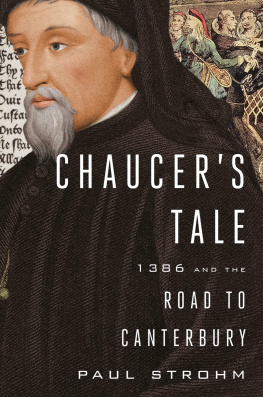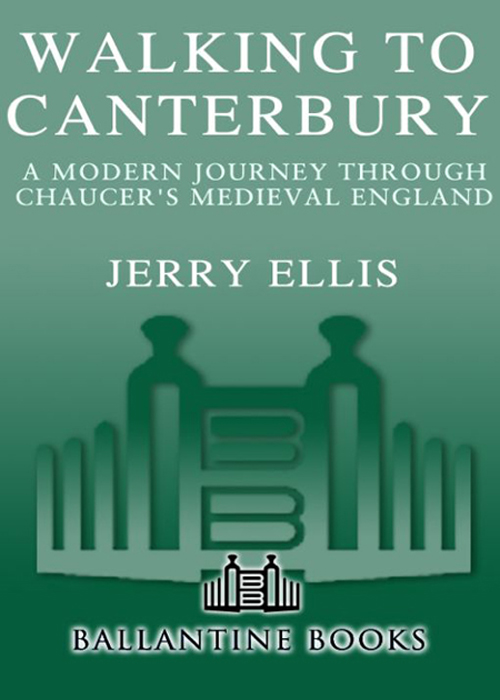

Table of Contents
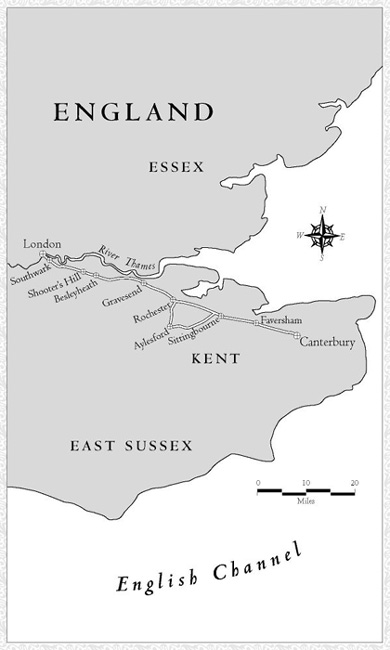
For Debi
PRAISE FOR THE WORK OF JERRY ELLIS
WALKING TO CANTERBURY
In todays modern world we could all use a dose of Jerry Elliss provocative writing and soul-searching.... No one provides better meaning to the wondrous world in which we live than the man best known for tapping into the sojourner that lies within all of our hearts. Like all masters, he will enlighten you with this grace and humility.
JAMES A. PERCOCO
Author of A Pasion for the Past:
Teaching History CreatiVely
WALKING THE TRAIL
Come along on the Trail with Jerry Ellis. Youll love every step of it.
TONY HILLERMAN
Ellis is wry and patient. The emotions that sent him on his journey are deep, and he treats them and his listeners with gentle respect.
The Boston Globe
Reading Jerry Elliss account of his modern-day trek along the old Cherokee Trail of Tears is better than receiving a series of letters from a perceptive, generous-hearted, and imaginative traveler.
DEE BROWN
Author of Bury My Heart at
Wounded Knee
A remarkable journey of faith and endurance. By tracing the path of his Cherokee ancestors, Ellis discovers his past and its valuable connection to the current treasures of his heart and home.
CRAIG LESLEY
Editor of Talking LeaVes:
Contemporary NatiVe American
Short Stories
A meandering, informal, and always lively account in the mold of William Least Heat Moons Blue Highways and other American road books.
Library Journal
Peripatetic true confessions hook the reader with their very ingenuousnessa genuine American tale.
Kirkus ReViews
ACKNOWLEDGMENTS

First and foremost I thank youthe readers of my earlier booksfor your support over the years. You have made me feel that what I write adds something to your life, and an author could ask for little more. My agentPeter Miller, the Literary Liongets my grateful nod because he believed in this journey and the resulting book from the first day. My editor, Allison Dickens, has strengthened the book with her insightful suggestions, and Leslie Meredith, who commissioned the project, will forever be a crucial landmark in my life. I tip my hat as well to Sheila Hingley, the Canterbury Cathedral librarian, who assisted me with invaluable research.
AUTHORS NOTE

This book is based on my true-life experiences walking Pilgrims Way, although the names and other details of certain individuals have been changed.
PROLOGUE

The year 1170, England: Four knights swung swords at Thomas Becket, kneeling before the Canterbury altar. One hit the stone floor with such force that the iron point broke off. Another cut Beckets skull in two.
While the knights looted Beckets home, the monks who had observed the murder mopped up the blood with cloth and prepared the body for the nearby crypt. Under his ecclesiastical robes, they discovered a hair shirt, a true sign of a dedicated monk, which was infested with worms and lice.
Yes, the monks agreed, Becket had the mark of both saint and martyr. Earlier that day he had asked his brethren three different times to flog him to show how he suffered for Jesus, the Holy Savior, and when the knights demanded that he pledge allegiance to the king of England, Henry II, Becket stood by the church: Gods will be done, he said, in his dying breath.
Neither Greek nor Shakespearean tragedy surpassed this fate of Becket, for he and Henry II were once best of friends as entwined as a river to its banks. But when the king made Becket the archbishop of Canterbury, the highest papal post in the land, with the belief that his friend would obey the crown and suppress the power of the church, their friendship burned to ashes. Henry II wondered aloud if no one would rid his kingdom of this problem, and the four knights took his words as orders, mounting for Canterbury to right the wrong with iron.
The very night that Becket was killed, the miracles began. A townsman wiped blood from the cathedral floor and ran home with it to cure his paralyzed wife. In the weeks that followed, twenty more miracles were claimed, as believers began wearing ampoules of the water of Thomas, which contained traces of Beckets blood. The cloth used by the monks to mop up the blood was mixed with water, which was sold for three hundred years following Beckets death.
Miracles even began to occur in France, Italy, and Germany. Canterbury monksfive had witnessed and recorded the killingtraveled to Rome to tell the pope himself what they had observed. Becket was canonized only three years later.
Henry II, directed by the pope, paid penitence by walking barefoot through Canterbury. Once inside the cathedral, the king knelt before Beckets resting place and was flogged by more than one hundred monks. He promised to build a monastery in honor of his slain friend and continued to kneel as the townspeople entered the church to behold that even the mighty crown of England could not escape the heavy foot of God.
Three of the knights who killed Becket paid penitence by trekking to the Holy Land. The fourth tried to cleanse his soul by creating a countryside maze, a symbol of mans pilgrimage through life. Such intricate networks of passages were sometimes built in churches so people could walk them in a matter of minutes.
Fifteen years after Beckets death, no less than seven hundred miracles were recorded in the presence of the saints relics. In 1220 the body was moved from the crypt, where it had been since shortly after Beckets murder, to Trinity Chapel, a shrine glittering with jewels, gold, and silver. When the shrine was destroyed by King Henry VIII, 318 years later, one of those prized jewels, a blue diamond, was set in a ring that the king wore.
While a trip to Beckets shrine granted the most blessed nothing less than a miracle, it was said to help purify all, making shorter their obligated time in purgatory before entering the Kingdom of Heaven. For this reason, thousands journeyed to Canterbury each year. The number of pilgrims visiting the shrine in the Middle Ages was so great that their knees wore thin the stone floor where they prayed before the pink marble monument. They stuck their hands through its arched windows to touch the sacred coffin. It contained the body and lice-infested hair shirt, but the severed part of his head was now stored in a gold and silver reliquary in another section of the church known as the Crown of Saint Thomas.
But for medieval pilgrims to journey to Canterbury, sixty miles south of London, they risked their lives. Pilgrims Way (see the frontispiece map) followed ancient Roman roads that led through thick forests with criminals ready to rob, rape, swindle, and murder.
Next page

